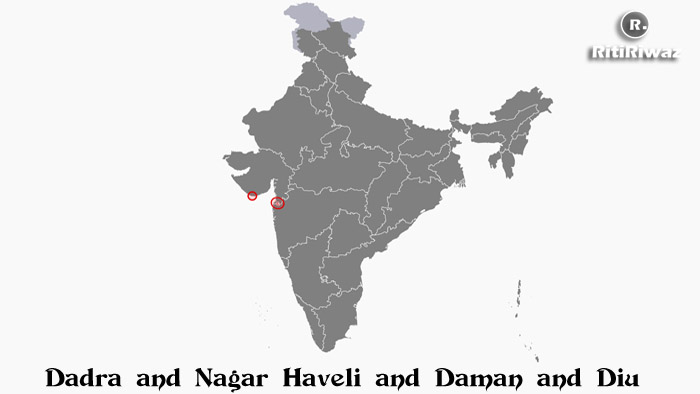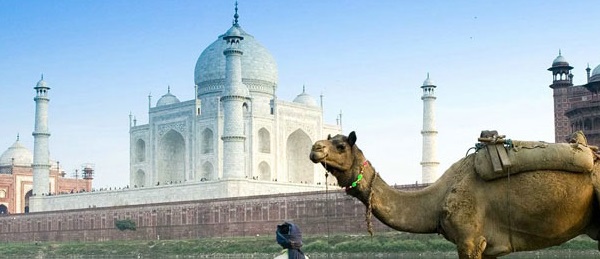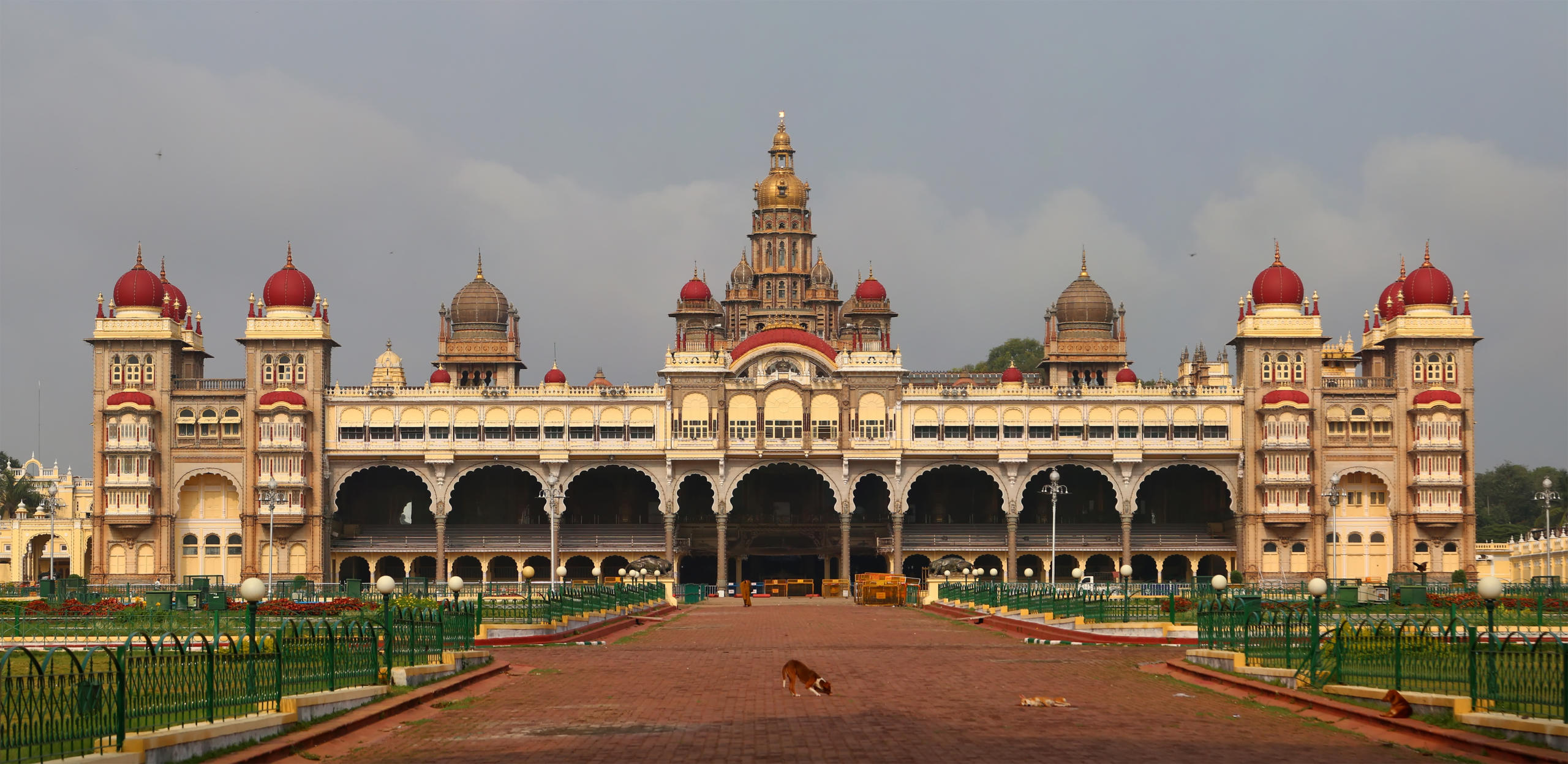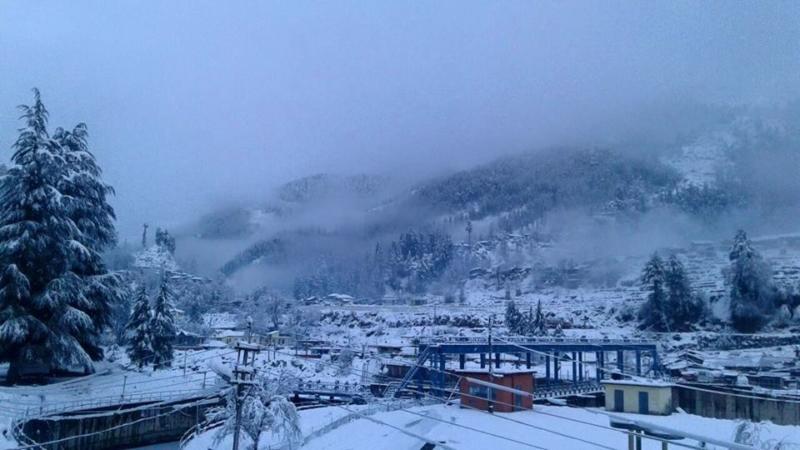Dadra and Nagar Haveli and Daman and Diu

Dadra and Nagar Haveli and Daman and Diu is a union territory that was created in January 2020 after the merger of two former union territories of Dadra and Nagar Haveli and Daman and Diu. The merger of the two UTs, located along the western coast near Gujarat, is being done for better administration and to check the duplication of various works. Dadra and Nagar Haveli have just one district while Daman and Diu have two.
The distance from Daman and Diu to Dadra and Nagar Haveli is 33 kilometers. Daman and Diu are two widely separated districts situated on the southern side of Gujarat. Daman is an enclave on Gujarat’s southern coast and Diu encompasses an island off the southern coast of Gujarat’s Kathiawar Peninsula. Dadra and Nagar Haveli consist of two separate parts. Dadra is surrounded by the state of Gujarat and Nagar Haveli lies on the borders of Maharashtra and Gujarat.
Daman as headquarters of newly-carved out Union Territory of Dadra and Nagar Haveli and Daman and Diu. The Bombay High Court shall continue to extend to the Union Territory of Dadra and Nagar Haveli and Daman and Diu.

Fast Facts
-
Area: 603 km2
-
Population: 585,764
-
Capital: Daman
-
High Court: Bombay High Court
-
Local Tongue: Gujarati, Hindi, Marathi, English
-
Established on: 26 January 2020
-
Best time to Visit: Throughout the year
-
State Emblem: Official logo of Dadra and Nagar Haveli and Daman and Diu

History
Dadra, Nagar Haveli, Daman, and the island of Diu were part of Portuguese India with the capital in Velha Goa, they came under Indian administration in the mid-20th century. Until 1954, Dadra and Nagar Haveli, as well as Daman and Diu, were part of Portuguese India. Both became union territories in 1961. From 1961 to 1987, Daman and Diu were part of the UT of Goa, Daman, and Diu. In 1987, when Goa got statehood, Daman and Diu were made separate UT. In 1987, when Goa got statehood, Daman and Diu were made a separate Union Territory from the previous Union Territory of Goa, Daman, and Diu.
After long skirmishes between the Portuguese and the Marathas, on 17 December 1779, the Maratha assigned a few villages of Dadra and Nagar Haveli to the Portuguese. The Portuguese ruled this territory until its liberation by the people on 2 August 1954. From 1954 to 1961, the territory functioned almost independently by what was known as the “Free Dadra and Nagar Haveli Administration“.
However, the territory was merged with the Indian Union on 11 August 1961, and since then, is being administered by the Government of India as a Union Territory. After the liberation of the territory from Portuguese rule, a Varishtha Panchayat was working as an advisory body of the Administration. This was dissolved in August 1989, and a Pradesh Council for Dadra and Nagar Haveli District Panchayat and 11 Village Panchayats were constituted as per constitutional amendments at the All India level.
Daman and Diu were also under Portuguese rule for 450 years and were incorporated into India as Union territory on 30 May 1987, when Goa was granted statehood, leaving Daman and Diu as a separate union territory. The Dadra and Nagar Haveli, Daman and Diu (Merger of Union Territories) Bill, 2019 was passed by both Lok Sabha and Rajya Sabha in the just-concluded winter session of Parliament.
The country currently has nine Union Territories after the creation of the UTs of Jammu and Kashmir, and Ladakh. However, with the merger of Daman and Diu, and Dadra and Nagar Haveli, the number of UTs will come down to eight.
Dadra and Nagar Haveli and Daman and Diu – Culture and Tradition







